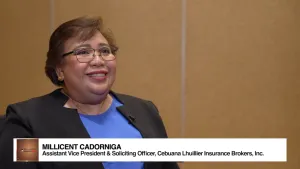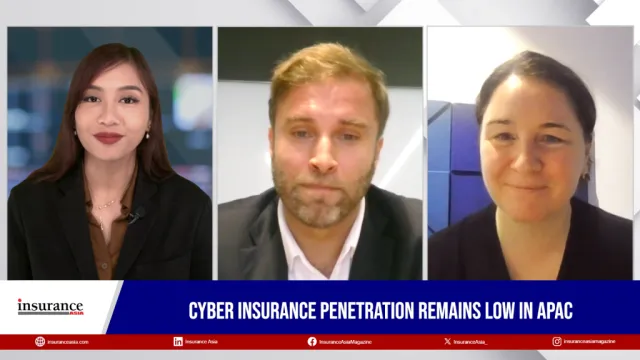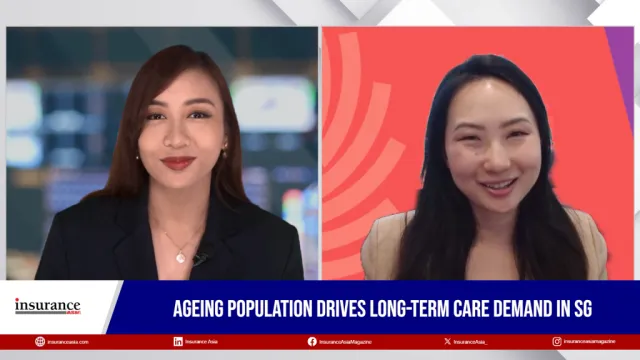
Economic, financial volatility push Japanese insurers towards hybrids
They can withstand the downsides through low financial leverage and strong earnings.
Consistent low interest rates and a possible economic value-based solvency regulation are spurring hybrid issuance amongst Japanese insurers, said a Moody’s report.
Whilst hybrids increase debt burdens, insurers can take in negative impact through low financial leverage and strong earnings coverage, said analyst Soichiro Makomoto.
Other factors such as emphasis on economic capitalisation and lower-for-longer interest rates are also driving insurers towards issuing hybrid bonds, he added. The Bank of Japan will maintain interest rates lower for a longer period, amidst an abysmal economic growth and financial market volatility.
"We see some divergence between life insurers and property and casualty (P&C) insurers, with issuance by the former group driven by their continuous appetite to strengthen capital, and for P&C insurers by specific needs, such as to support large acquisitions," he added.
Regulators allocate parts of the insurers' outstanding hybrids as capital in order to reflect their loss-absorbing properties, the report said. Hybrid securities also have a different investor base than kikin bonds and equity and are also less costly than other capital securities.
Photo courtesy of Pexels.com.



















 Advertise
Advertise








